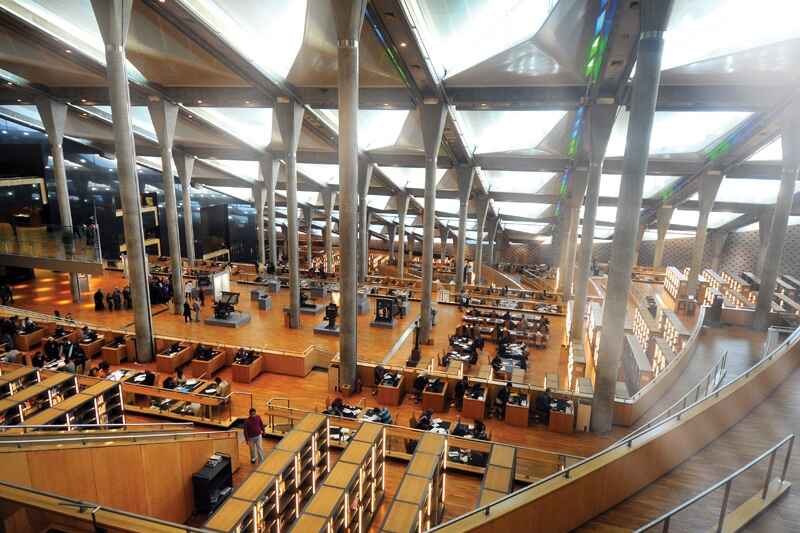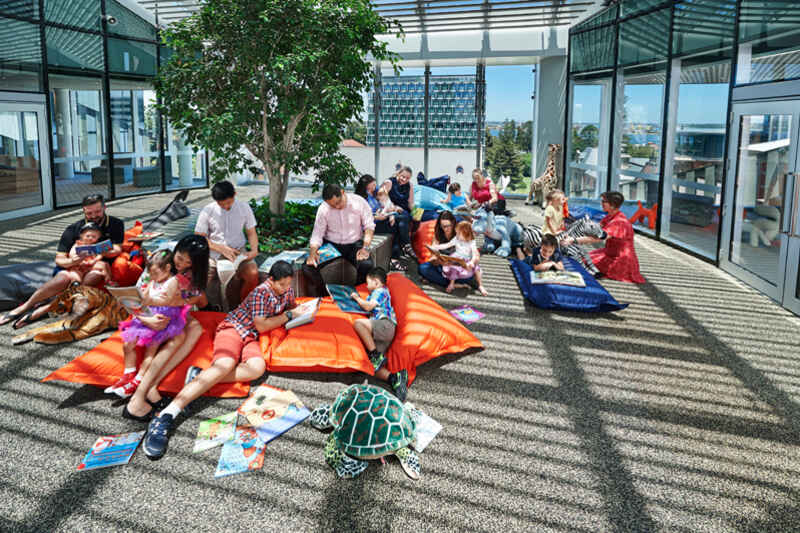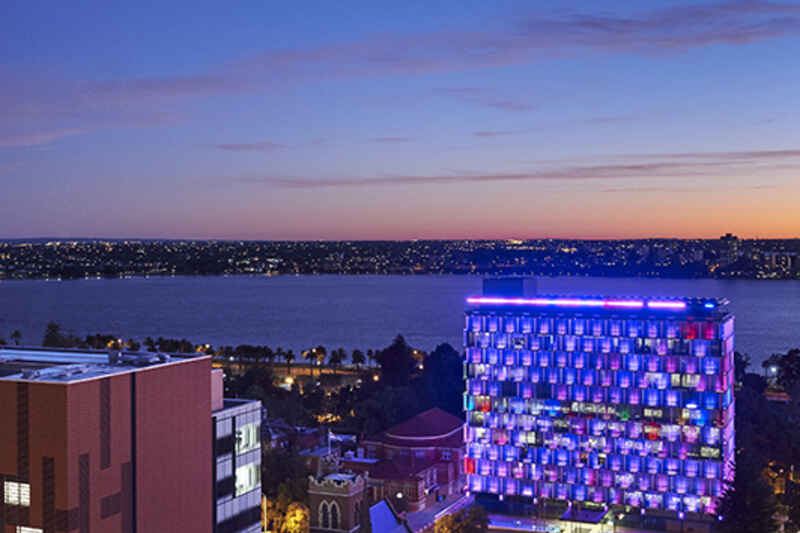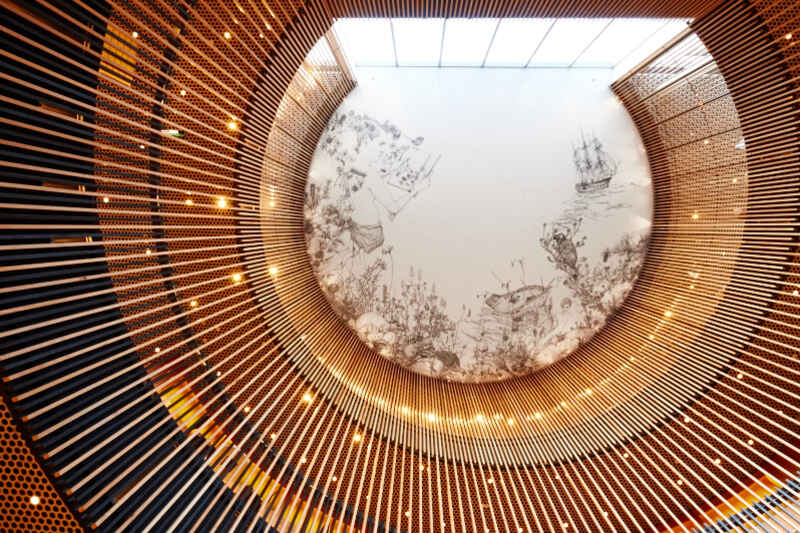Public libraries are the very definition of opportunity. Beyond basic literacy, access to information is a keystone to the idea of an egalitarian society. The growth of e-books and cost effectiveness of digital books sellers appears to have made no impression on the relevance of physical libraries at all. In fact, the design of new libraries appears to garner more importance than ever as the role of libraries evolves from hallowed places of books, to spaces filled with information and knowledge, shared generously and freely.
There are so many beautiful libraries around the world. As they are usually a free public space, many have been designed by leading architects and, as a structure, have significance for their style alone - being filled with books is almost an added bonus.
Stuttgart’s Municipal Library [https://www.stuttgart-tourist.de/en/a-stuttgarts-public-library] has been jokingly attributed to being built for Apple, by Escher. Designed by Korean architect Eun Young Yi, it is described on a Danish tourism site as being a cultural and intellectual centre for people from all nations. Each of its four facades has the word Library in four different languages.
The Alexandria Library in Egypt is believed to have been the largest library in the world, storing up to 700,000 parchment scrolls. The destruction of the library remains a mystery, while often attributed to Caesar, archaeologists and historians have still to agree on what really happened.
In 2002 the Bibliotheca Alexandria [http://www.crystalinks.com/libraryofalexandria.html] was opened. A trilingual library of literary, historical, and architectural significance, it stands as close to the site of the original library as anyone can establish. It has shelf space for 8 million books. Constructed from Aswan granite carved with the characters of 120 human scripts it remains one of the most stunning libraries in the world.
Here in Sydney, the new Woollahra Public Library, which re-opened in 2016 and was designed by BVN Architects is testament to changes in the way people use libraries. Now more community hubs and less knowledge repositories, libraries are still open spaces for anyone to use, bringing knowledge and information to anyone who can read - and with the growing popularity of audio book, even those who have difficulty reading.
But the extent to which cultures and communities will stretch to supply books to readers has pushed the definition of ‘library’ towards some interesting solutions.
The Perth City Library, opened in 2016, is an architectural gem designed by Kerry Hill Architect. The building covers 3500 square metres and is revealed over 7 levels which are connected by a three storey void which is clad in vertical timber fins.
It is so much more than a library. It houses a magnificent ceiling artwork and also bookable meeting rooms, an auditorium, terrace and zones for young adults and families to enjoy.
In Australia in the 1970’s, Bookmobiles [https://en.wikipedia.org/wiki/Bookmobile] would service remote country towns and schools on a roster basis saving people from having to travel long distances to larger towns where there was a permanent public library.
On the African continent, there are initiatives such as the Kenya Camel Library Service,[http://www.knls.ac.ke/public-library/camel-library] which provides books to nomadic people in remote north eastern Kenya. Camels are loaded with boxes filled with books and travel across the desert to remote communities and settlements. Books are lent and returned as the spread of knowledge continues despite environment, distance, culture and language.
The support and continuation of library services, and literacy programs around the world is essential to how individuals can have experiences beyond their daily lives and grow their knowledge beyond their socio-economic circumstances












